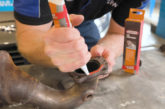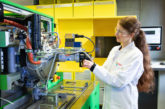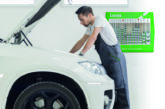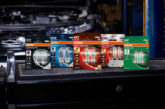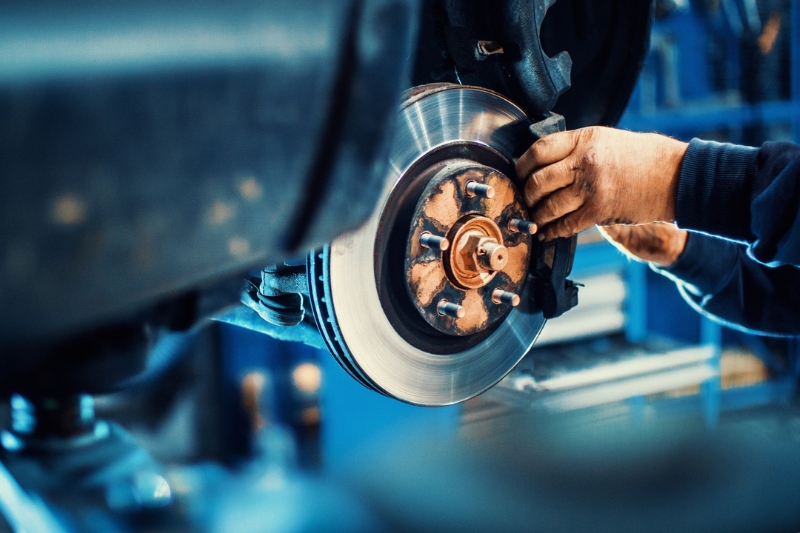
Brembo offer its insights on how EVs are changing the way vehicles brake.
After more than a century of sticking to traditional practices largely dictated by the dominance of internal combustion engines, the automotive industry finds itself in the middle of unprecedented transformation. This shift is largely driven by the widespread adoption of electric vehicles, which have prompted innovations across various automotive sectors. Notably, advancements in vehicle braking systems are leading this evolution, as the pursuit of enhanced performance and safety converges with the need to minimise environmental impact.
Regenerative and friction braking in EVs
Electric vehicles use regenerative braking alongside conventional friction (hydraulic) braking mechanisms. Regenerative braking, made possible by the advent of vehicle electrification, harnesses the electric motor to recuperate a significant portion of the kinetic energy dissipated during braking – a substantial leap forward in terms of sustainability. Through regenerative deceleration, electric vehicles effectively convert the electric motor into a generator during braking manoeuvres. While the potential for energy recuperation in EVs is subject to certain limitations, regenerative braking plays a pivotal role in deceleration, reducing reliance on traditional friction brakes. However, the integration of regenerative braking presents accompanying challenges. While advantageous, regenerative braking alone is insufficient to halt a vehicle and prevent collisions, underlining the necessity of conventional friction braking systems. Consequently, vehicles equipped with regenerative braking systems are equipped with friction brakes for scenarios where regeneration may be insufficient or inactive.
The prevalence of regenerative braking systems in EVs has led to a shift in how braking is implemented, with a high proportion now executed by the electric motor itself. Consequently, hydraulic braking systems are used less. While this reduction minimises wear on hydraulic brake components, it also makes them susceptible to corrosion, posing risks to both the durability and efficacy of braking systems. In response to these challenges, Brembo, a leading Italian brake manufacturer, has introduced the Brembo Beyond product line – a comprehensive range of aftermarket solutions designed to enhance the driving dynamics of the growing electric mobility segment while prioritising sustainability.
Comprising specially coated discs and brake pads tailored for popular electric and plug-in hybrid car models, this kit epitomises Brembo’s dedication to harnessing cutting-edge materials and technologies to deliver superior performance and longevity. Notably, the incorporation of a special copper-free friction material with a galvanised backing plate reduces both dust and noise during braking, contributing to extended lifespan and enhanced sustainability.
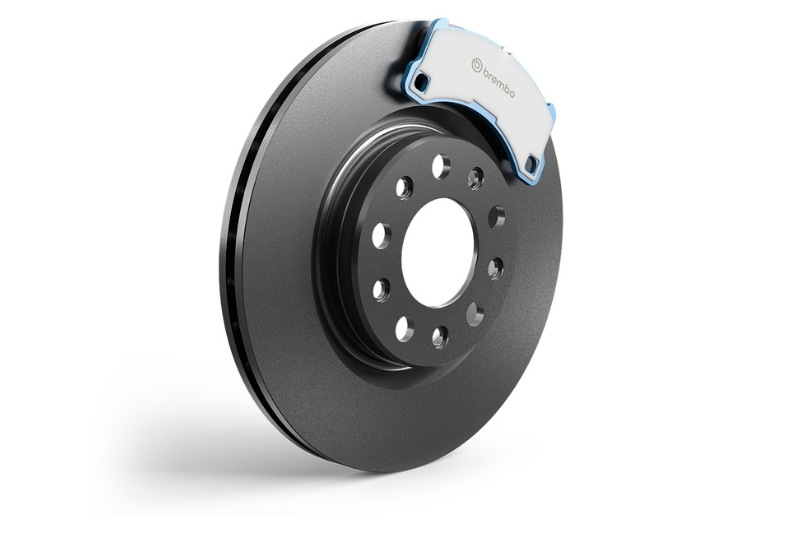
In the workshop
As the automotive landscape undergoes a paradigm shift, it is vital for workshops to anticipate and adapt to the unique challenges posed by electric vehicles. With distinct design and maintenance requirements, electric vehicle braking systems require specialised knowledge and expertise. Key considerations for workshop technicians include:
Pad and disc replacements: Due to the regenerative braking system, the intervals between pad and disc replacements in EVs are typically extended. However, technicians should remain vigilant for signs of oxidation, particularly in vehicles operating in harsh weather conditions where brakes are used less frequently.
Brake fluid replacement: While traditional replacement intervals are generally recommended for EVs, low viscosity fluids are preferred to ensure optimal performance, especially in vehicles equipped with advanced braking and traction control systems.
EV brake pads: Given the reduced ambient noise of electric vehicles, minimising brake noise, vibration and harshness NVH is paramount. Special attention should be paid to brake pads and discs to prevent excessive corrosion, ensuring consistent and reliable braking performance even after prolonged periods of inactivity.

